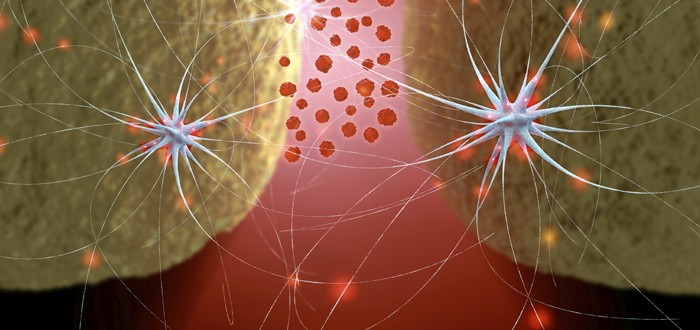The possibility that you might be cured of mesothelioma by an injection of micro-robots is the stuff of science fiction. Or perhaps it isn’t.
The 2014 Johnny Depp movie “Transcendence” had a scene where people with cancer and other diseases were cured after Depp’s character injected them with micro-robots.
An armada of the tiny machines navigated each patient’s bloodstream, sailed to where the disease was located, and then made repairs to the individual cells damaged by the illness.
Scientists are right now working on this very thing — the curing of cancers such as mesothelioma with micro-robots.
Mesothelioma Gets Dusted, Then Busted
Last month Yahoo News carried an item entitled “Nine Real Technologies That Will Soon Be Inside You.” Number Eight on the list was called “Smart Dust.”
Smart dust is made up swarms of nano-sized machines. Nano-sized means they are super small. A single mesothelioma cell would massively dwarf a nano-machine if you stood them side-by-side.
It would be like a pebble next to a boulder.
As envisioned, each machine would contain a fully functioning computer plus the communications gear needed to network it to all the others in the swarm.
Your mesothelioma doctor would inject these nano-robots and they would then voyage to their programmed destination.
The destination would be on your mesothelioma-spotted lung lining, peritoneal sac or pericardial envelope. Upon arrival, the machines would go to work on making you well.
That’s the future of what’s known as nanotechnology. In the here and now, things aren’t quite that advanced. But the science is still quite impressive.
The journal Nature Communications recently published research from the University of California at Davis Cancer Center about advances in developing nanoporphyrins.
Nanoporphyrins are microscopic particles designed to spot cancers like mesothelioma and then carry treatment drugs inside individual cells making up a tumor.
They’re a rudimentary form of smart dust, basically.
Nanoporphyrins are made from a special polymer. The material is designed to do two things. One is to light up like a Christmas tree from the inside of a cancer cell when hit with energy waves from a CT, MRI or PET scanner.
That should make detection and staging of mesothelioma much more accurate than it currently is.
The second thing nanoporphyrins are designed to do is carry a medication payload directly to the core of each cancer cell.
That’s just like in the movie “Independence Day” where Will Smith and Jeff Goldblum piloted a captured flying saucer up to the unsuspecting space-alien mother ship so they could nuke it from within.
Knocking Out Mesothelioma
The nanoporphyrin developed by UC Davis is described as measuring roughly 30 nanometers, so it should have no trouble slipping inside a mesothelioma cell.
The way nanoporphyrins are designed, they are strongly attracted to the chemical “scent” of cancer cells. As a result, they worm their way into those rather than into normal cells.
But it won’t be just one nanoporphyrin that enters each cell. Many will go in. And their combined effect will prove devastating to that individual mesothelioma cell.
The invading nanoporphyrins would be capable of killing a mesothelioma cell in more than one way.
First, they could carry in molecular targeted drugs that cause the cell’s internal processes to stop working or push the cell’s self-destruct button and trigger apoptosis.
Second, the nanoporphyrins could be designed to heat up and fry the cell to death when exposed to light from a laser or phototherapy lamp.
Third, they could be designed to give off the type of oxygen that mesothelioma cells find lethal.
The UC Davis researchers are understandably proud of their work with nanoporphyrins. However, they acknowledge that much more remains to be done before any of this is tested in humans.

